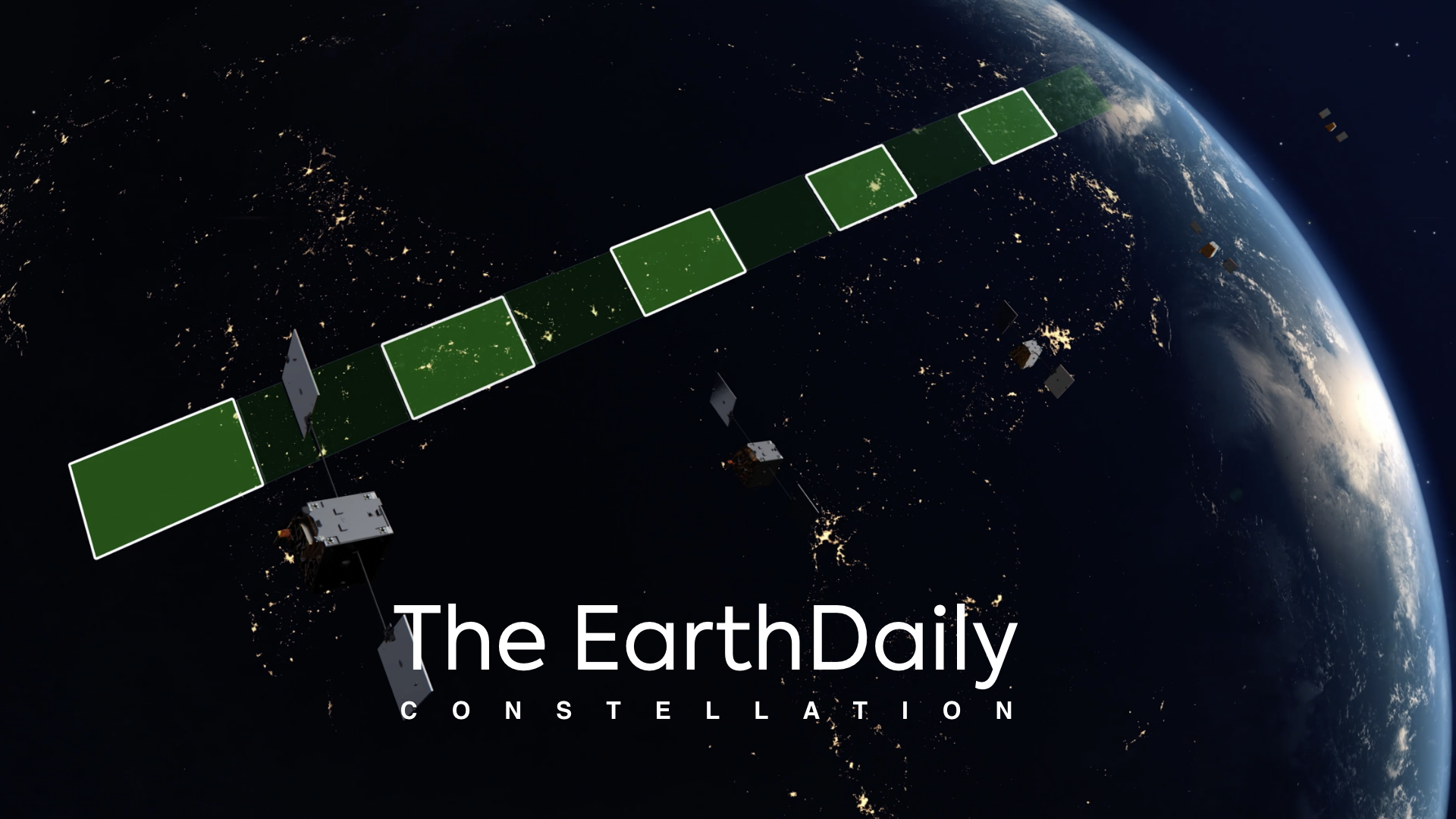Earth Observation for Climate Stress Testing: An Innovative Solution to a Difficult Problem
Evaluating possible climate-related risks to a building project or other venture is known as climate stress testing. It provides information that’s critical to project planning, but like all forms of predictive modelling, it is only as good as its data sources.
Forecasting the future with any degree of confidence requires solid data on historical changes and trends to inform predictions. Traditionally, institutions in the financial sector have turned to on-the-ground data collectors to measure environmental factors such as coastal erosion or soil moisture for climate stress tests.
Unfortunately, using this method to source data on the scale needed to assess macro-level implications is time-consuming and resource-exhaustive. As a result, financial institutions seeking to conduct climate stress testing often face a difficult choice: invest heavily in data collection, or risk operating with an incomplete picture.
New applications for satellite data
One emerging data solution for climate stress-testing is a technology called Earth Observation. Using specialized satellites, Earth Observation monitors changes across the planet’s surface. The technology employs high-resolution cameras to detect light and heat at specific wavelengths, assessing the real-world impacts of environmental and climate events on variables that influence financial institutions’ bottom lines.
For years, Earth Observation has proven its worth to the agriculture industry by playing a role in crop-health monitoring. Now, as it becomes increasingly more sophisticated, the technology has become capable of the advanced data collection needed for climate stress testing.
Accuracy and cost-effectiveness
Financial institutions leveraging Earth Observation for climate stress testing are finding the technology makes data collection noticeably more efficient and accurate. However, not all Earth Observation data is created equal.
Some industry players adopt the “satellite tasking” mechanism, which gives users who can’t find the image they need for their project in existing archive collections, the ability to commission satellites and capture imagery for a specific area based on particular parameters and needs.
For climate stress testing, “no tasking” is much more suitable, as such technology renders historical data available at the user’s disposal. With no tasking needed, the Earth’s entire landmass is imaged and archived every day supporting retrospective time series analysis and forward-looking predictive analytics, which are much needed for climate stress testing.
When it comes to data collection for climate stress testing, four attributes are crucially important:
- Broad area coverage is essential for obtaining enough data to make statistically sound projections.
- Spectral diversity is key to seeing subtle physical processes at a range of wavelengths.
- High frequency is necessary for capturing change repeatedly over time with up-to-date information.
- Scientific-quality data is a must for reliability, trust and auditing purposes.
EarthDaily Analytics is currently constructing a revolutionary Earth Observation system, launching in 2024, which will unite these combined strengths to become the world’s most powerful tool, without satellite tasking, ideal for global climate stress testing data collection.
To democratize the access to satellite data has always been a mission of EarthDaily Analytics. The progress has been phenomenal as many institutions have found Earth Observation a cost-effective way to scale globally — one that provides ongoing visibility so data is always up-to-date.
Financial institutions in particular turn to trusted Earth Observation and are able to leverage completely objective and consistent scientific data.
Contact us to learn how Earth Observation can provide your institution with the best data available to date in our fast-changing world.



